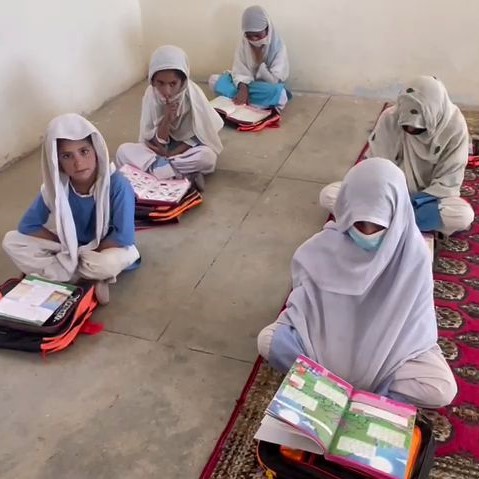In the district of Rajanpur, Noshin from Lal Gadh had a great passion for learning and writing. She aspired to become a doctor and consistently achieved top grades in her classes. However, when she reached the ninth grade, her father stopped her from attending school and arranged her marriage.
According to Noshin's mother, their daughter made numerous efforts to convince her father not to rush into marriage, allowing her to complete her education. Unfortunately, her pleas went unheard, and on October 25, 2021, Noshin took her own life.
Similar is the tragic story of Fatima, a resident of Miranpur in the Rajanpur area. Her family members say that Fatima was a brilliant student. Despite facing financial challenges, her brothers and father supported her education, enabling her to study until the tenth grade. However, overwhelmed by circumstances, Fatima tragically ended her life on May 15, 2022.
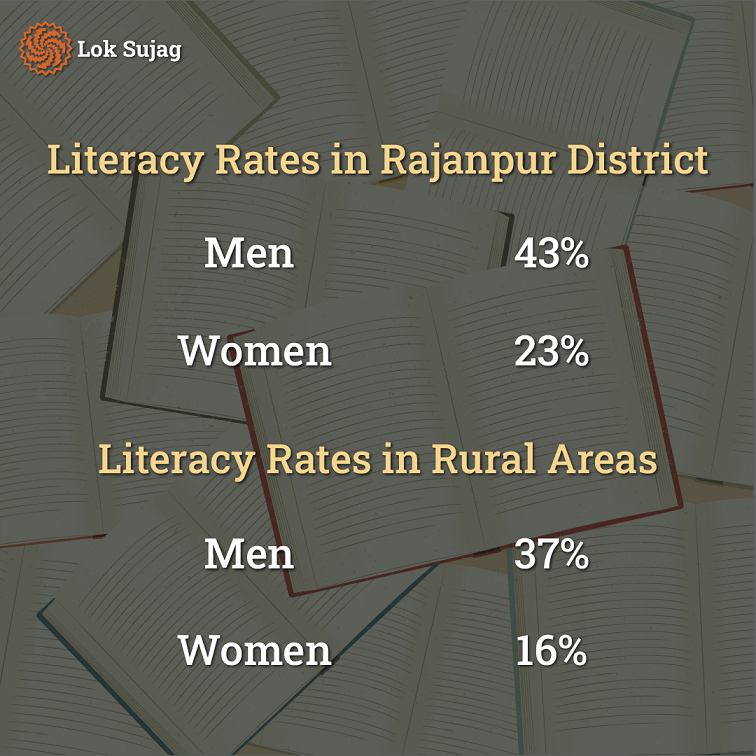
The literacy rate among girls in Rajanpur district is very low. Many girls are deprived of education against their wishes, and several of them, in frustration, resort to taking their own lives.
According to the National Survey of 2022, regarding the standards of social life and living conditions, the literacy rate in Rajanpur district is 34 per cent, with a male literacy rate of 43 per cent and a female literacy rate of 23 per cent. In rural areas, the literacy rate is 37 per cent for males and 16 per cent for females.
In contrast, the overall literacy rate in the Punjab province is 67.32 per cent, with 74 per cent of males and 61 per cent of females being literate.
Regarding educational disparities, according to a report released by the Punjab government in 2021, Rajanpur ranks at the bottom of the province regarding children aged 5 to 9 years deprived of education.
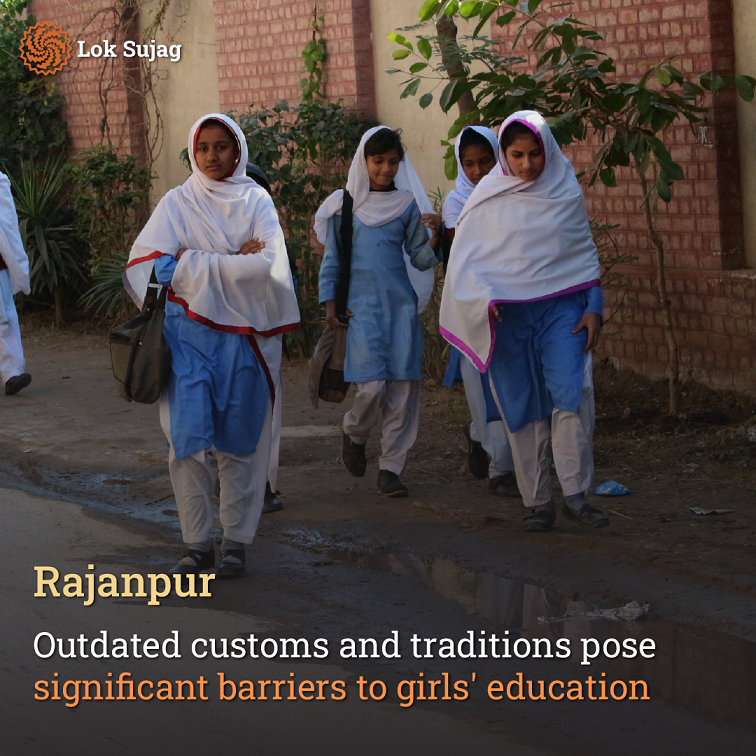
At this age, 58 per cent of boys and 64 per cent of girls in Rajanpur are without education, while the overall rate for the province stands at 46 per cent.
Under the Rohullah Community Development Project, affiliated with the social organisation Zindagi Welfare Society, work has been carried out in the Dera Ghazi Khan district to promote the education of school children in the Daramandi area. It was noted that in various parts of Rajanpur, girls are discouraged from pursuing education, deemed it wrong for them. They are often limited to household chores and married off at a young age.
The "Rahbar Welfare Foundation," a social organisation associated with Muhammad Islam in the Bangla Dingan and Kotla Naseer areas of Rajanpur, has experience working on educational projects for children. According to them, outdated customs and practices significantly hinder girls' education.
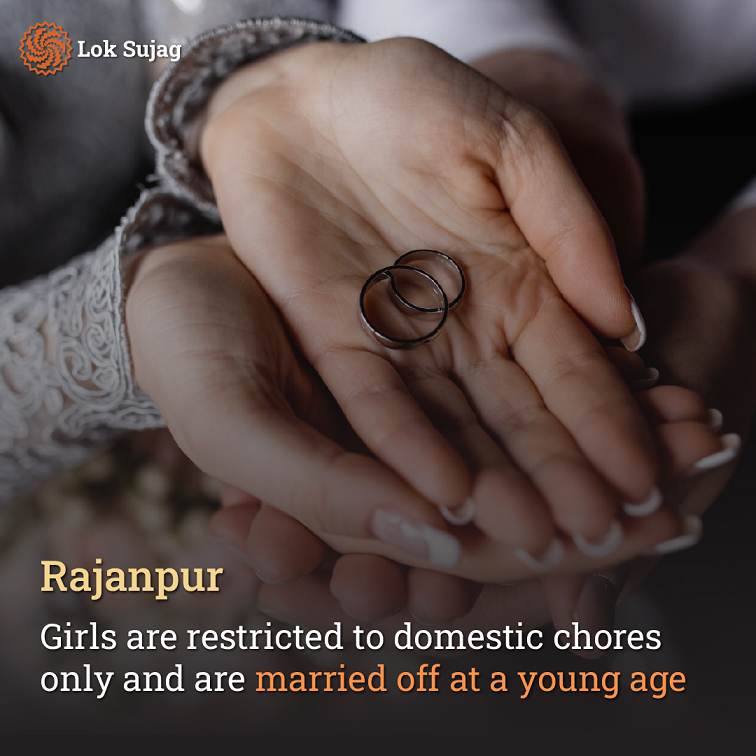
Girls are told that there is no tradition of education in their families, so they shouldn't pursue it either.
The dropout rate among girls in Rajanpur is high. For example, according to teachers at the Girls Elementary Schools in Basti Awan and Kotla Androon, approximately 60 per cent of girls leave school by the third grade, while 90 per cent continue their education from the third to the fifth grade.
The administration of Sir Syed School in Fazilpur and Khwaja Fareed Girls School in Rajanpur revealed that girls are enrolled in these schools, but after completing two to three grades, most of them are taken out of school and sent home.
Regarding this issue, Rajanpur's Deputy District Education Officer mentioned that very few girls are sent to school in certain areas.
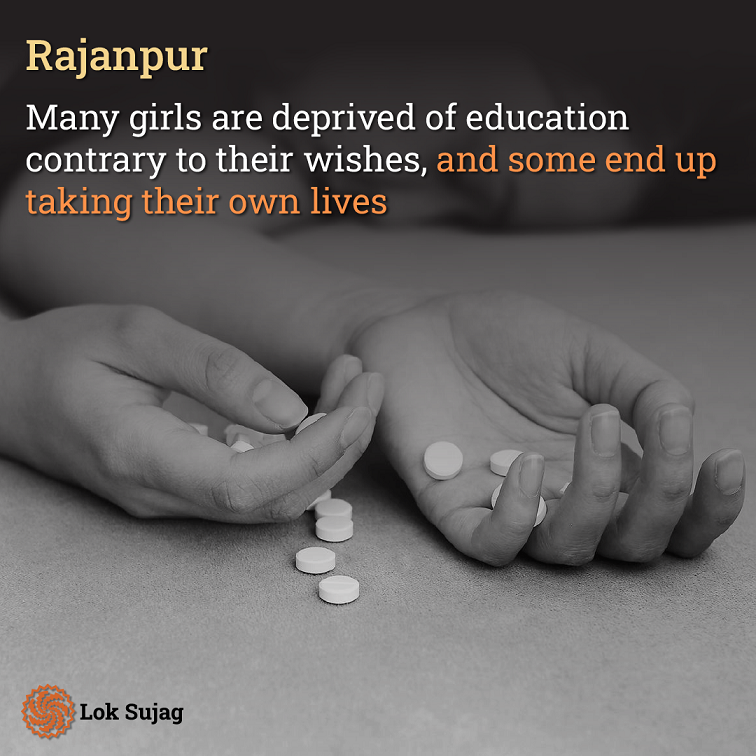
We have formed a team that goes door-to-door to raise awareness about girls' education. Some areas have shown improvement through this campaign.
In the Haji Pur area of Rajanpur, Professor Shah Nawaz, from the Government Degree College, highlighted that many girls are hardworking and talented but are not allowed to complete their education. Early marriages also disrupt their educational journey. He mentioned that teachers have tried to convince parents by visiting their homes, but transportation issues often complicate the matter.
Hina, a resident of Sukhaniwala village, shared that she completed her matriculation from the local village school but had to go to the city college for intermediate studies. She mentioned that transportation is a significant issue in Sukhaniwala, which led her to discontinue her education, and she is now engaged in household chores.
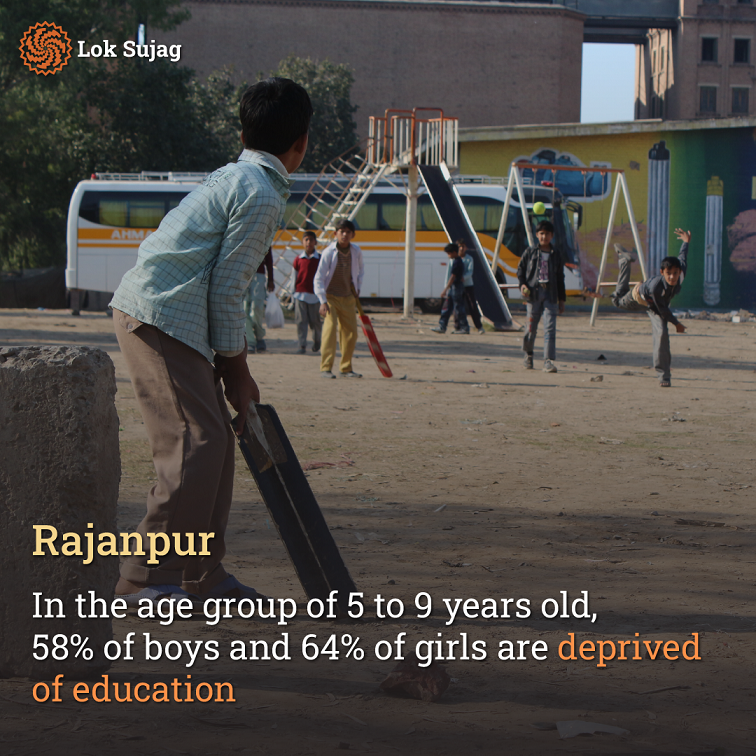
Muhammad Islam also recognises the lack of adequate transportation facilities and the distance of schools as significant barriers to girls' education.
For instance, in Basti Awan Girls Elementary School in Rajanpur, there are only 184 students enrolled. Similarly, in Kotla Androon Elementary School, there are 204 students, and in Mirapoor Girls Elementary School, there are 170 students.
Considering the population, with around 17,000 residents in Basti Awan, nearly 26,000 in Kotla Androon, and approximately 11,000 in Mirapoor, the number of female students is significantly low. This trend also continues in higher secondary schools, with a disproportionately low number of female students.
Considering the population, with around 17,000 residents in Basti Awan, nearly 26,000 in Kotla Androon, and approximately 11,000 in Mirapoor, the number of female students is significantly low. This trend also continues in higher secondary schools, with a disproportionately low number of female students.
Also Read
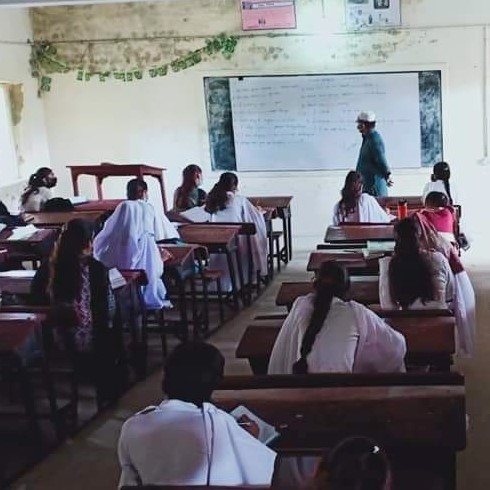
In Tharparkar, shortage of teaching staff hinders girls’ pre-medical education
Hina, a resident of Sukhaniwala village, shared that she completed her matriculation from the local village school but had to go to the city college for intermediate studies. She mentioned that transportation is a significant issue in Sukhaniwala, which led her to discontinue her education, and she is now engaged in household chores.
Iqbal from Basti Saran explained that no transportation, such as buses or wagons, is available in the area. He and his family are occupied with work and cannot send his daughter to study. As a result, he had to withdraw his daughter from school after completing the fifth grade.
When Sardar Hafiz-ul-Rehman Dreshak, a former member of the National Assembly affiliated with the Pakistan Muslim League (N), was asked about the initiatives taken during his tenure to promote girls' education, he mentioned that they established three girls' schools through their efforts. Additionally, some schools were surveyed for upgrading, but in the last year of their government, issues like the Panama case took precedence. He claimed that if he were to return to office in future elections, he would ensure the completion of all these projects.
According to government statistics, in Rajanpur district, there are 389 schools for both boys and girls. These schools are categorised as 336 primary schools, 25 elementary schools, and 28 girls' high secondary schools. Among them are 35,200 students in primary schools, 3,612 students in elementary schools, and 1,736 in girls' high secondary schools.
In the private sector, 112 schools are catering to girls, and these schools have a total of 62,320 female students who are currently studying.
Published on 25 Sep 2023
